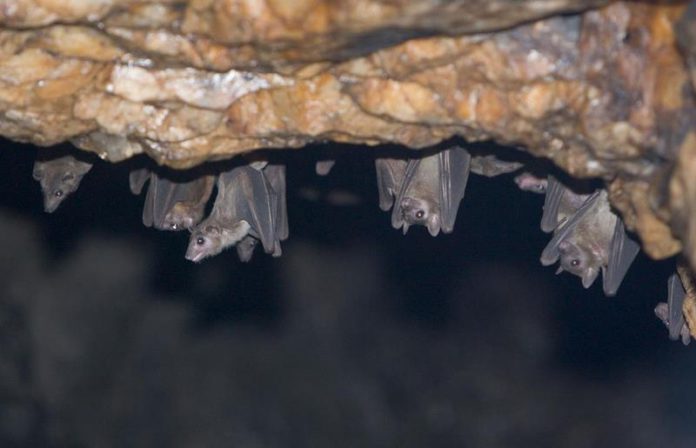Marburg virus has already claimed several lives in Guinea since the outbreak was reported on August 9, 2021.
Marburg virus is a haemorrhagic fever virus of the Filoviridae family of viruses and a member of the species, genus Marburg virus.
Health experts say the Marburg virus belongs to the same family as Ebola, and the virus is considered to be highly infectious.
The Marburg virus disease is transmitted to people from fruit bats and spreads between humans through the transmission of bodily fluids.
It is a severe, often fatal illness with symptoms including headache, fever, muscle pains, vomiting blood and bleeding.
ALSO
- Meet the prisoner with 30 girlfriends
- Groom whose wife refused to kiss him breaks silence [Video]
- Manasseh Azure Awuni: Andrew Amuna returns home, but not to stay
The first-ever Marburg outbreak was in Germany in 1967 where seven people died.
In Africa, previous outbreaks and sporadic cases have been reported in Angola, the Democratic Republic of the Congo, Kenya, South Africa, and Uganda, the World Health Organization says.
Cases are extremely rare, with the last major outbreak in Angola in 2005.
The virus killed more than 200 people in Angola in 2005, the deadliest outbreak on record, according to the global health body.
Preventive measures include:
- Avoid contact with body fluids (such as urine, saliva, sweat, faeces, vomit, breast milk, and semen) of people who show symptoms.
- Practice hand hygiene: frequent handwashing with soap under running water, or use an alcohol-based sanitiser.
- Do not handle items that many have come in contact with an infected person’s body fluids.
- Avoid contact with dead bodies, including participating in funeral or burial rituals of suspected or confirmed Marburg cases.
- Seek medical care immediately (the nearest health facility) if one develops fever (body temperature 38C or above) or other symptoms such as severe headache, fatigue (feeling very tired), muscle pain, vomiting, diarrhoea, stomach pain, or unexplained bleeding or bruising.

